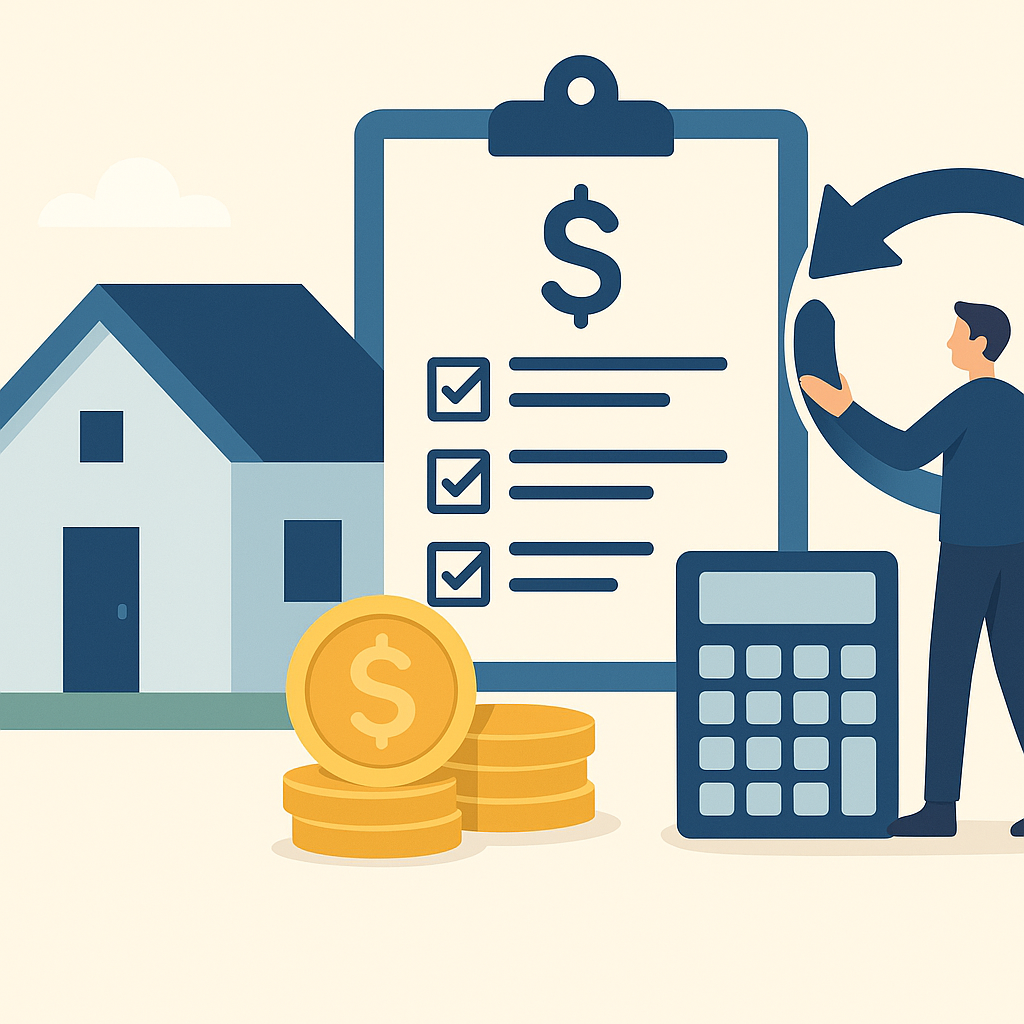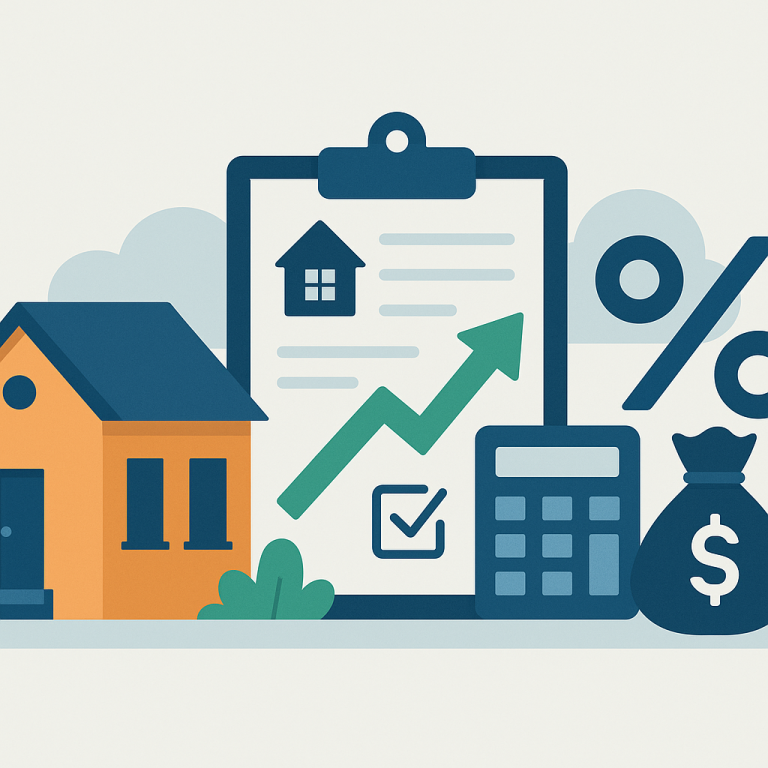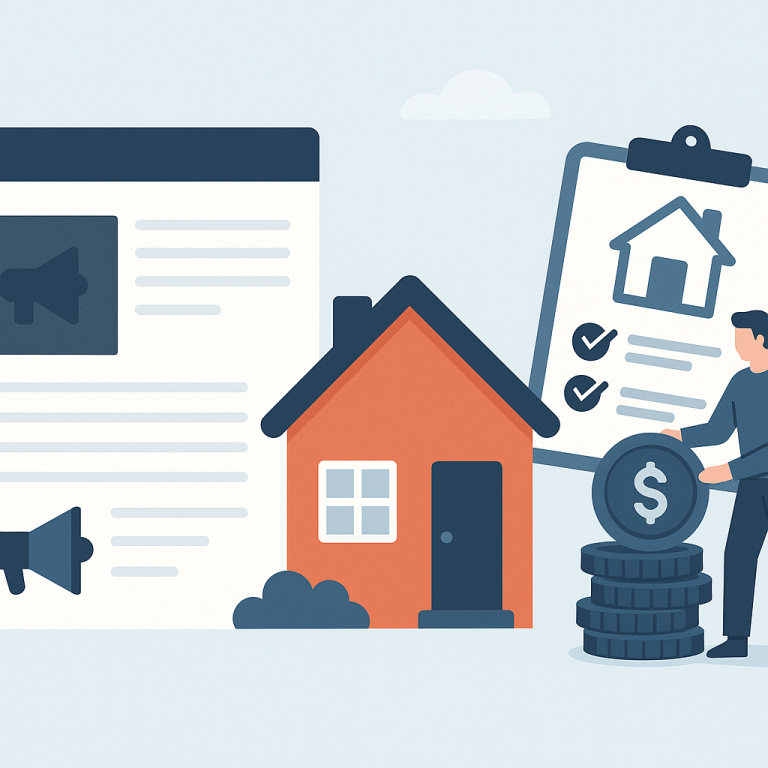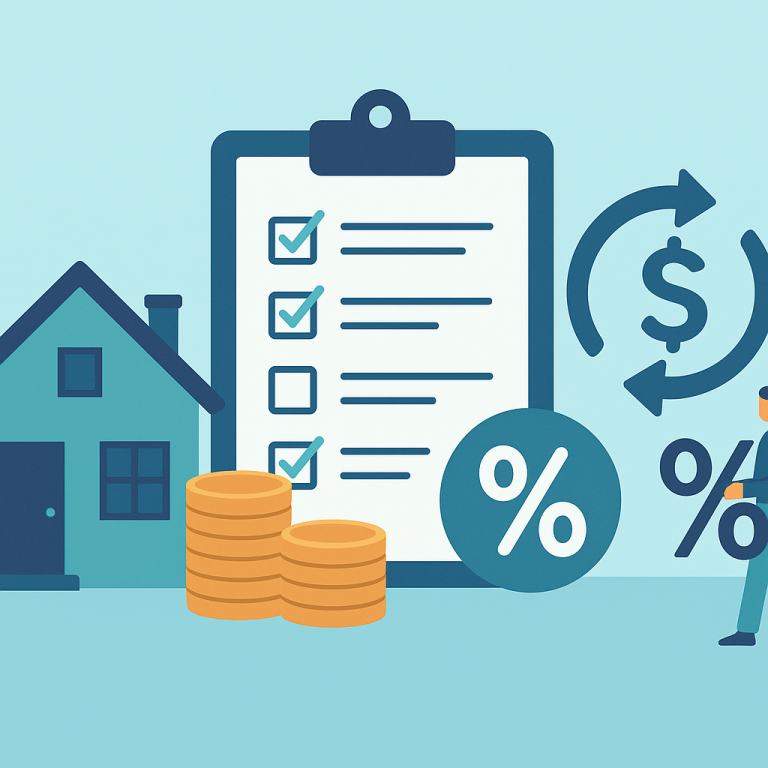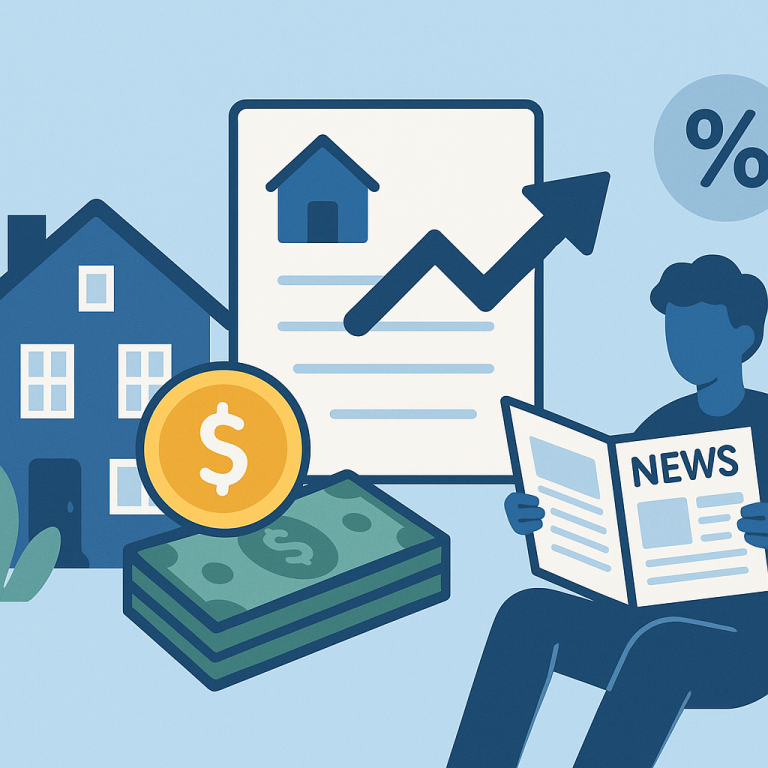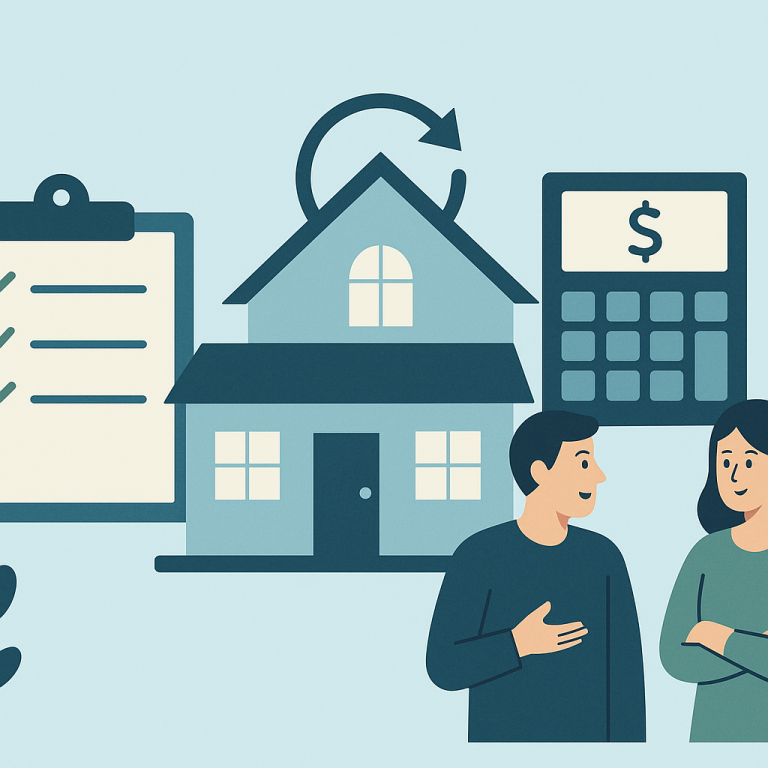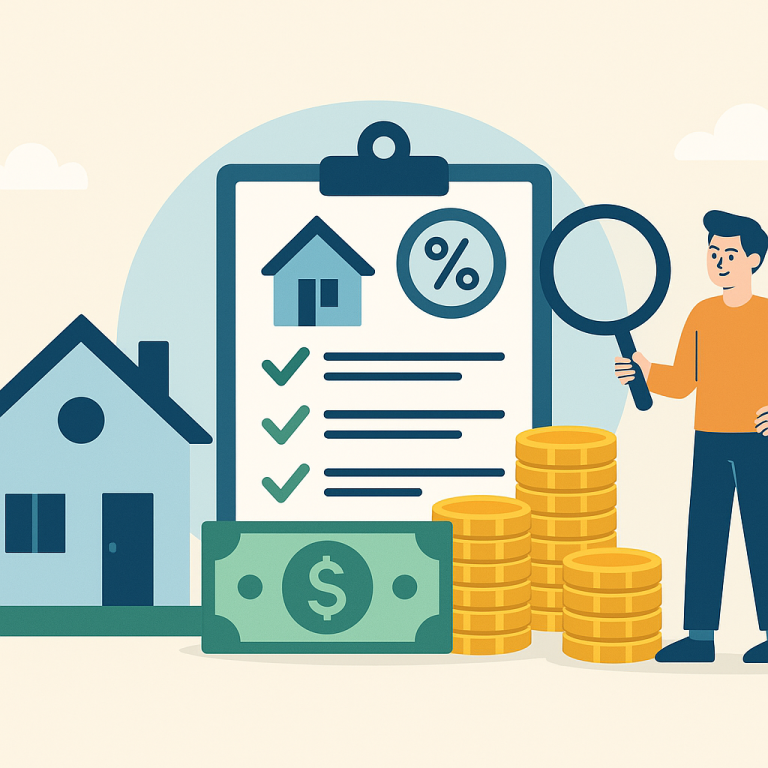30-Year Refinance Rates Drop to 4.75% as Treasury Yields Slide
At a glance: The latest mortgage rate drop and how it could affect refinancing decisions.
Mortgage rates have moved lower. That can improve affordability and may reopen refinance options for borrowers whose current rate is above today’s quotes.
What the Rate Drop Means for Borrowers
After a period of relative stability, mortgage markets have seen a modest easing in long-term fixed rates in recent weeks. The move has prompted increased refinancing inquiries from some homeowners, but industry professionals caution that the window favors specific borrower profiles rather than signaling a broad return to the refinancing boom of prior years.
Many lenders report higher traffic at the inquiry stage, with prospective refinancers seeking to lock in lower monthly payments or convert adjustable-rate debt to fixed-rate loans. Still, lenders and mortgage advisors emphasize the importance of comparing potential savings against upfront costs and the borrower’s long-term plans.
Who stands to benefit most
Refinancing tends to be most advantageous for homeowners who currently carry higher-rate mortgages, have built substantial home equity, and plan to remain in their homes long enough to recoup closing costs. Borrowers with strong credit profiles typically receive the most competitive offers. For owners with adjustable-rate mortgages approaching a reset, refinancing into a fixed-rate product can provide predictable payments and reduce interest-rate risk.
Costs and trade-offs to consider
Refinancing is not cost-free. Typical expenses include lender origination fees, appraisal and title charges, and other closing costs. Homeowners should calculate a breakeven period — the time it takes for monthly savings to offset those upfront expenses — before moving forward. Extending the loan term to achieve a lower monthly payment can increase total interest paid over the life of the loan, so borrowers should weigh immediate cash-flow relief against long-term cost.
Cash-out refinancing and debt consolidation are additional considerations. Accessing home equity can offer lower-interest options for home improvement or high-interest consumer debt, but it converts unsecured balances into mortgage debt and may affect monthly payments and loan terms. Some homeowners may find alternatives, such as home equity lines of credit or targeted consumer loans, more appropriate depending on their goals.
Practical steps for homeowners
- Run a breakeven analysis using realistic estimates of closing costs and expected monthly savings.
- Shop multiple lenders for rate quotes and compare lender fees, not just the headline interest rate.
- Consider the loan term and how it affects total interest paid over time; a lower payment is not always the cheapest outcome long term.
- Evaluate whether refinancing aligns with your time horizon in the home; short expected ownership reduces the value of paying closing costs today.
- If you need cash from your home’s equity, compare cash-out refinance options with HELOCs and other credit products for rate and repayment differences.
- Confirm whether you qualify for streamlined or no-appraisal options, which some lenders offer to eligible borrowers and can reduce cost and time to close.
Industry sources recommend that homeowners prepare basic documentation — recent pay stubs, tax returns, and proof of homeowners insurance — to speed underwriting once a decision is made. Locking a rate once you have acceptable terms can protect against short-term market movements, but locks come with expiration timelines that should match your lender’s closing expectations.
For many borrowers, the current rate environment presents targeted opportunities rather than a universal incentive to refinance. Careful comparison of offers, clear understanding of costs, and alignment with personal financial goals remain the essential steps before signing new loan documents.
META: refinancing-rate-dip-homeowner-takeaways

